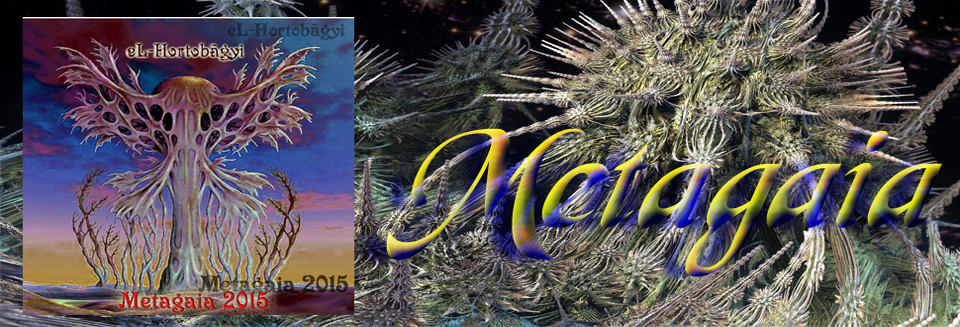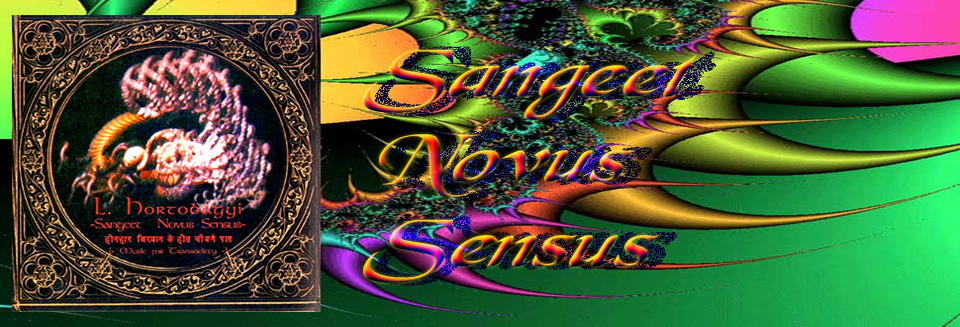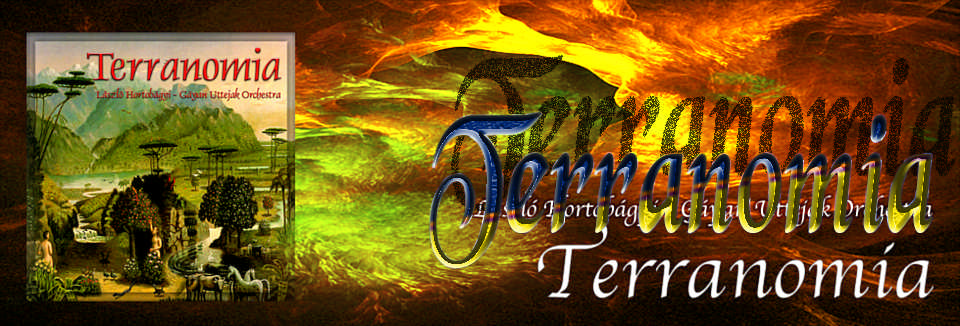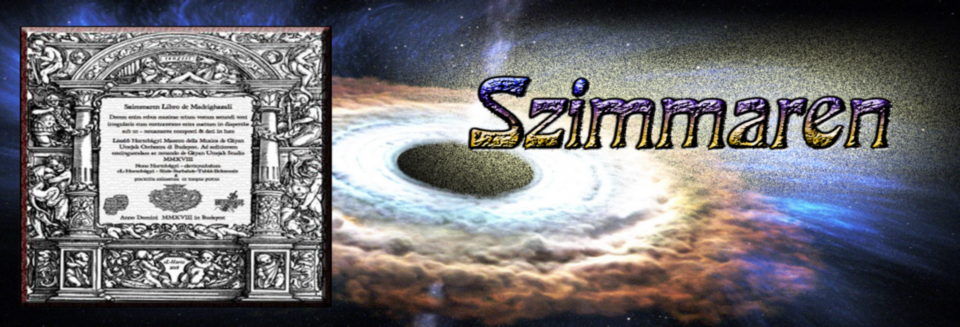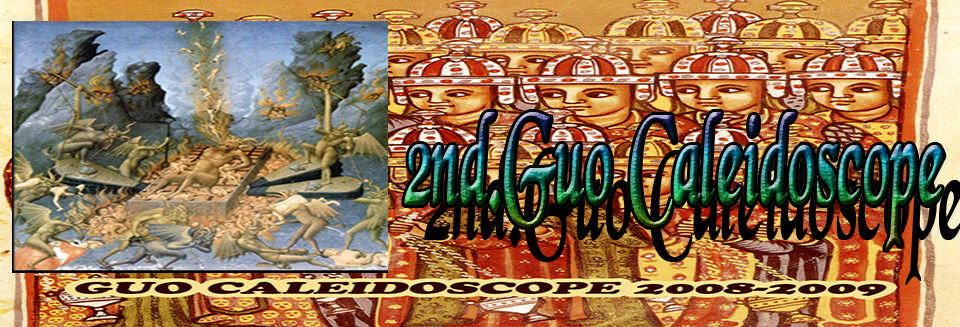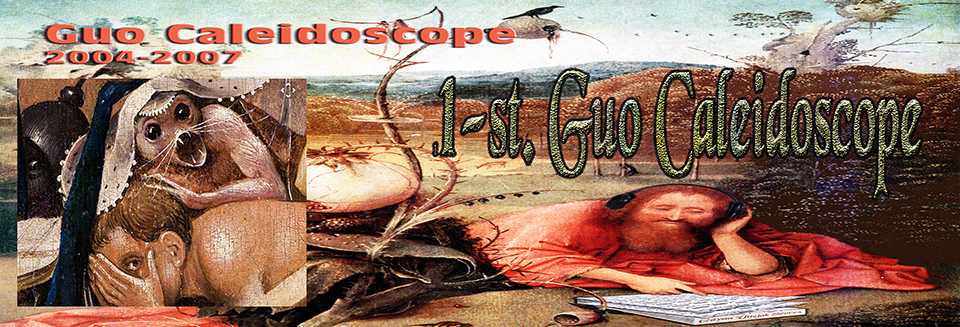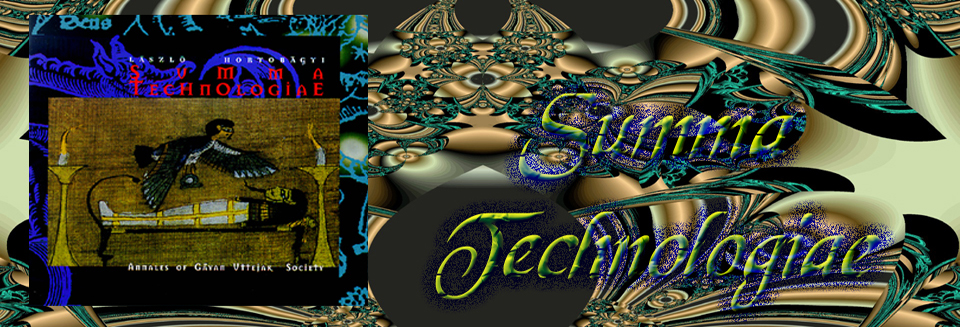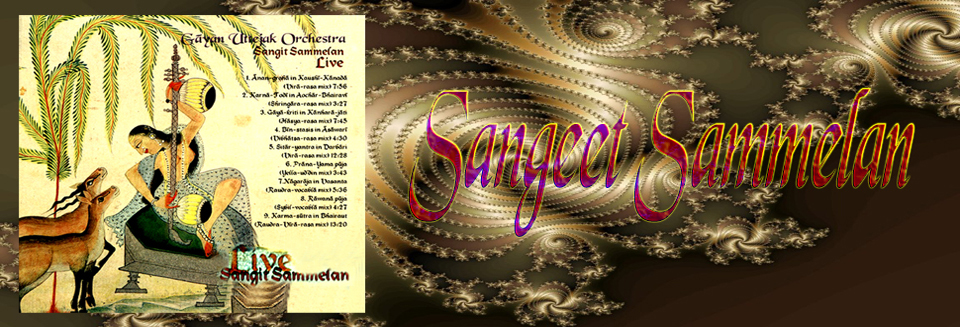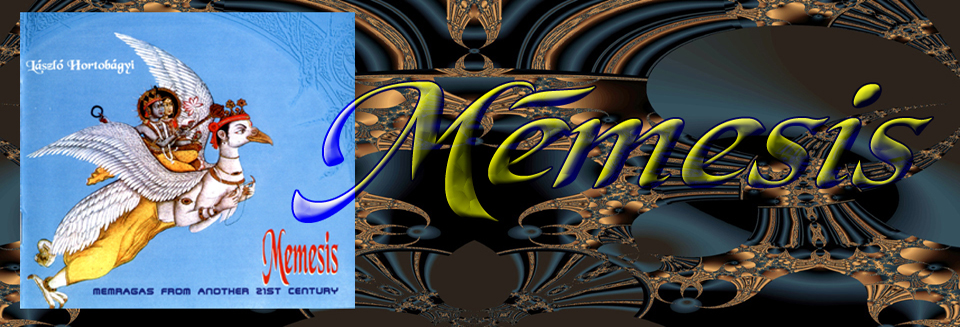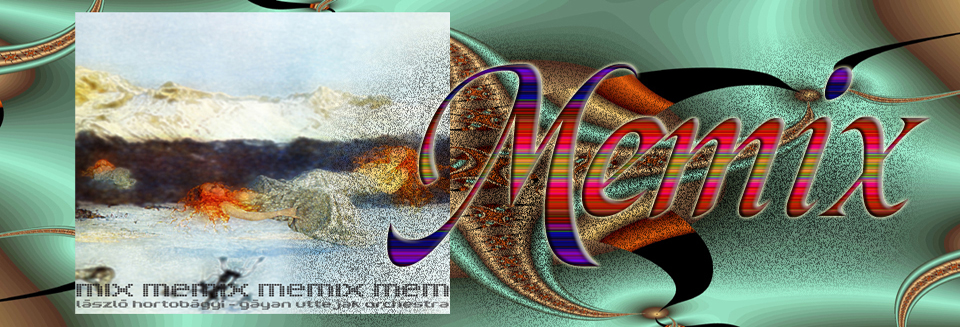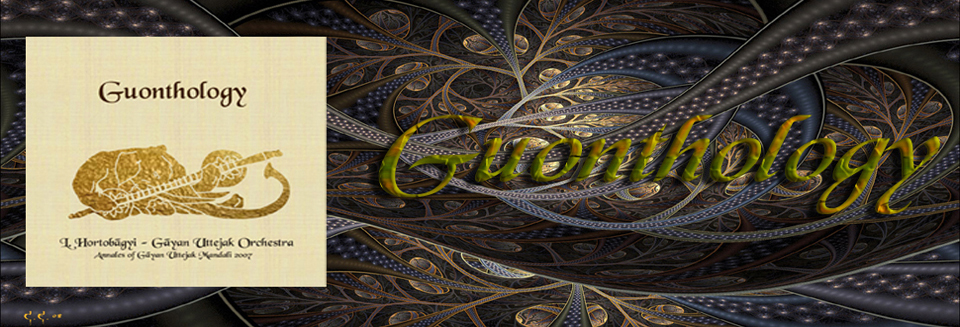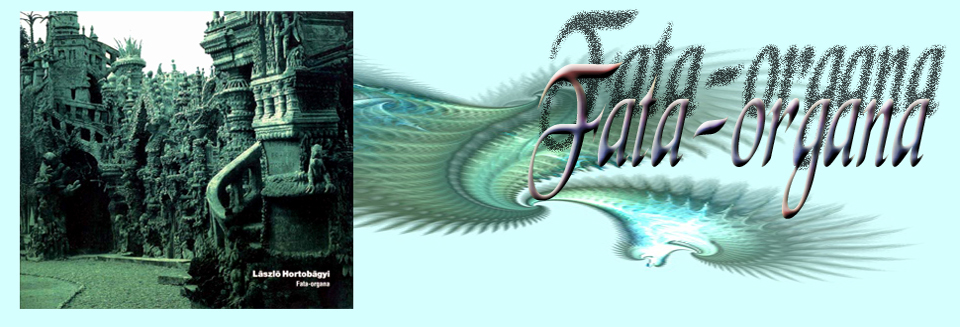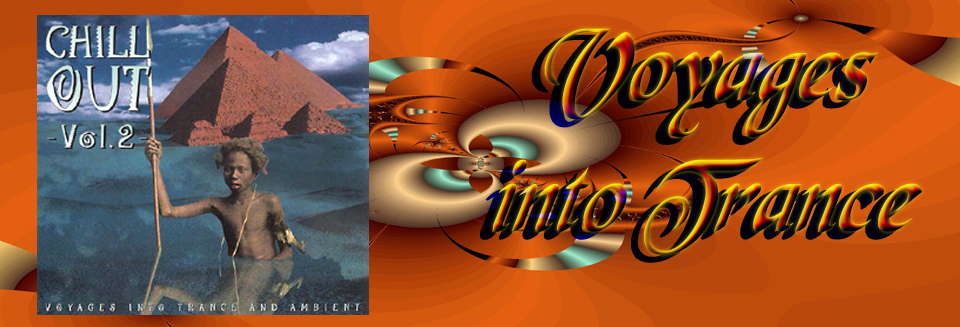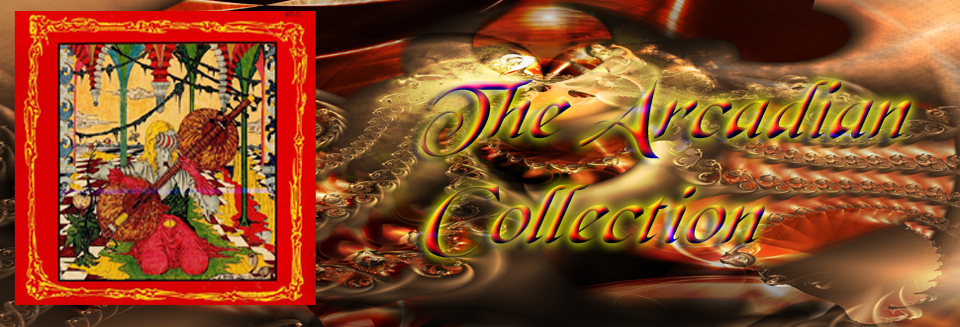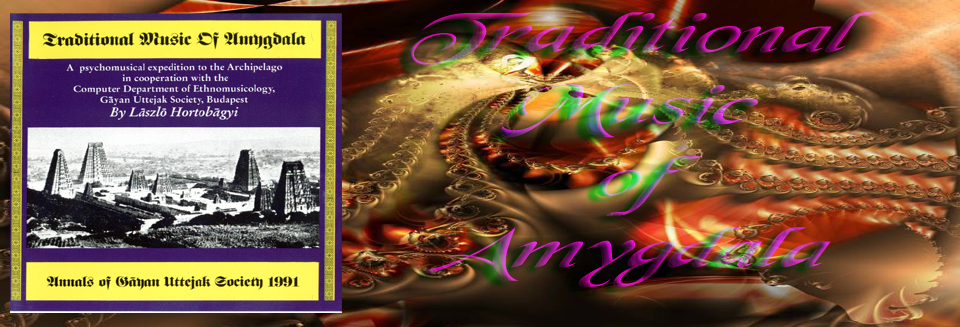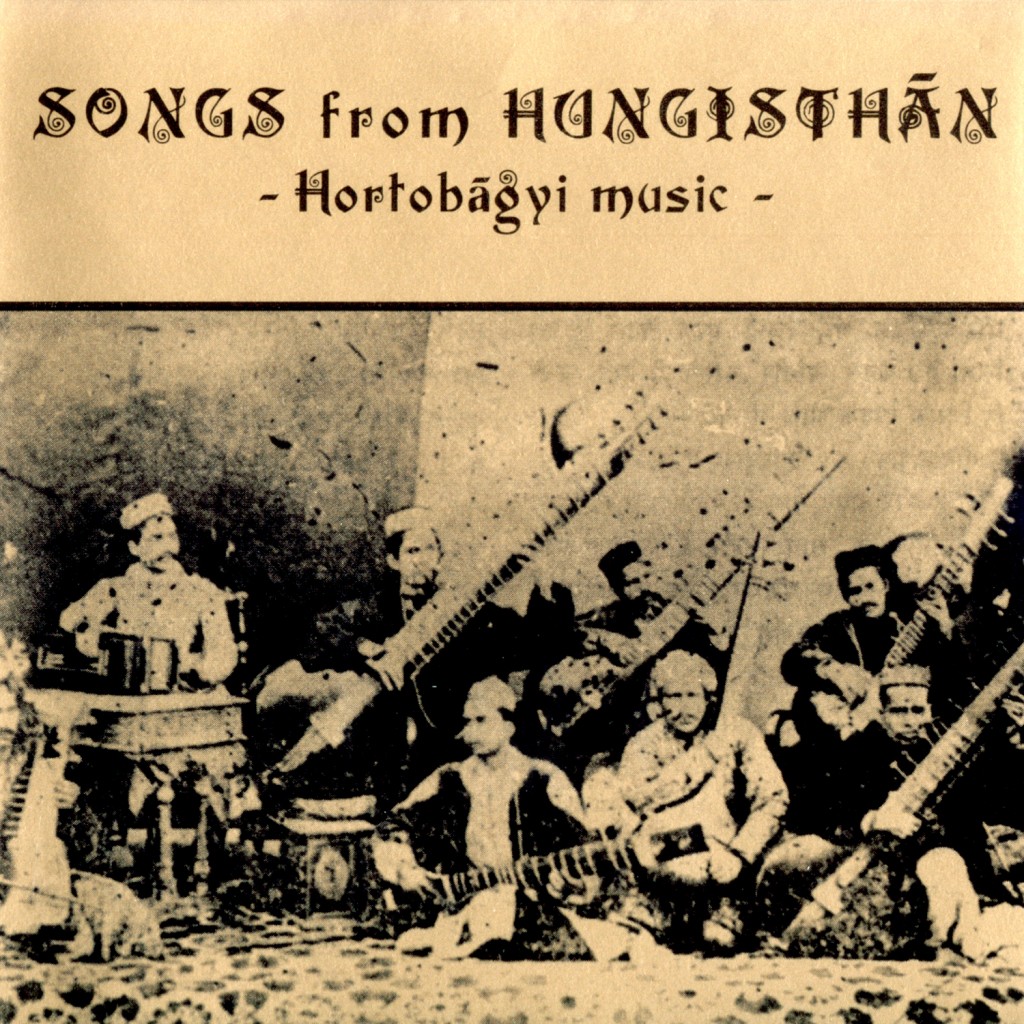“Original” report from the 19th Century:
“The peculiar nature of the melody of Hungisthān not only permits but enjoins the singer, if he has the least pretension to excel in it, not to sing a song throughout more than once in its naked forms but like its own repetition, which is a natural consequence, induced by the brevity of the pieces in general, but to break off sometimes at the conclusion, at other time at the commencement, middle, or any certain part of a measure, and to fall into a rhapsodical embellishment called “siratō”, and after going through a variety of ad libitum passages, to rejoin the melody with us much grace as if it had never been disunited, the musical accompaniment all the while keeping time. These passages are not reckoned essential to the melody, but considered only as grace notes, introduced according to the fancy of the singer, where the only limitations by which the performer is bound are the notes peculiar to that particular melody, and a strict regard to time.”
/A fragment from “The Imperial Gazeteer of Hungisthān” Sept, 1834 by Prof. N.A. Willard ESQ MD /
“Eredeti” beszámoló a XIX.századból: “A hungisthāni dallamok különleges jellege nem csak megengedi az énekesnek, hanem meg is követeli tőle, már ha legalábbis arra törekszik, hogy jeleskedjen annak előadásában, hogy a dallamot legfeljebb csak egyszer énekelje el annak tiszta formájában, majd az abból a részek rövidsége miatt szinte természetesen adódó saját repetícióval folytassa, időnként valamelyik ütem lezárásnál, elején, közepén vagy bármely adott részénél elszabaduljon és a „siratónak” nevezett rapszodikus díszítést alkalmazza, ezután végighaladva néhány tetszés szerinti zenei passzázson végül nagy örömünkre visszatérjen az eredeti dallamhoz, mintha sohasem távolodott volna el tőle, miközben a zenei kíséret mindvégig tartja a ritmust. Az említett passzázsok alapvetően nem számítanak a dallam részének, inkább csak díszítőhangoknak tekintik azokat, melyeket az énekes a pillanatnyi hangulatának megfelelően alkalmaz, és ahol az énekest egyedül kötő korlátozást a konkrét melódia saját hangjai és az ütemhez való szigorú ragaszkodás jelenti.”
[Részlet a Hungisthāni Birodalmi Hírlapból 1834. szeptemberi számából, Prof. N.A. Willard ESQ MD tollából]
BOOKLET LINER HUN
BOOKLET LINER ENG
CD GrFx DOWNLOAD
or right click above = save link as = keep
click on pictures link in new tab


